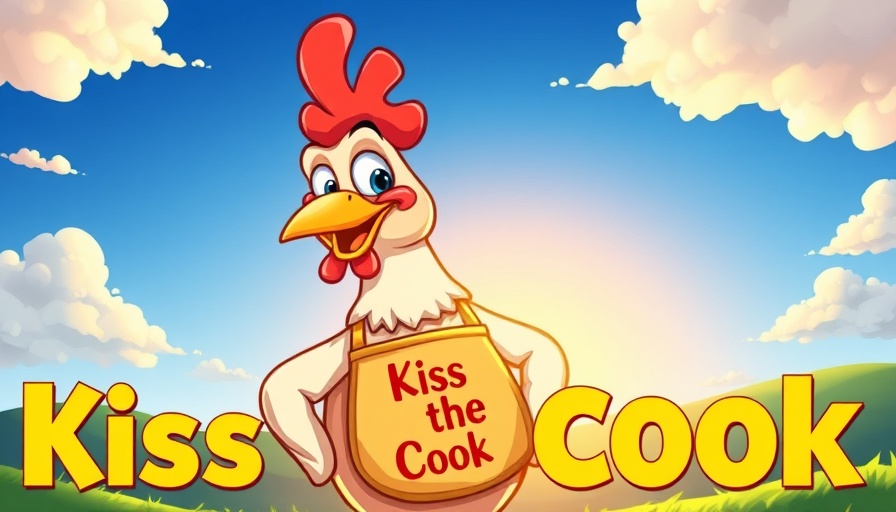
Understanding Tail Feather Regrowth in Chickens
Regular feather growth is essential for a chicken's overall health, especially for tail feathers that play a pivotal role in their balance and aerodynamics during flight. When these feathers fail to come in properly, it can signal underlying health issues. Recognizing the causes of feather problems can lead to effective interventions.
Common Causes of Tail Feather Issues
Chickens often face various challenges regarding feather growth. The most common issues relate to preening, molting, and nutritional deficiencies. Before any action can be taken to remedy the problem, these underlying causes must be identified. Seasonal molting can lead to temporary gaps in feathering, particularly in tail feathers, as the chicken sheds older plumage for new growth.
Nutritional deficits are another crucial aspect; if a chicken lacks essential nutrients during its growth period, tail feather development can be stunted. An inadequate protein intake, particularly during molting seasons, is linked to poor feather regeneration.
The Role of Stress and Overcrowding
Stress, whether from overcrowding, aggressive pecking behavior among flock members, or extreme environmental changes, can severely impact feather growth. Chickens are social animals; if a strong pecking order changes or if a flock member is removed, the social dynamics can lead to stress that triggers feather loss. Overcrowding in coops can exacerbate this behavior, as birds often pick at each other out of frustration and boredom, leading to bald spots and inadequate feather regrowth.
Actionable Steps for Chicken Owners
For those managing backyard chickens, ensuring adequate space is fundamental. Each bird should have enough room—at least four square feet in coops and ten in runs—to avoid aggression and allow natural behaviors. Additionally, incorporating a balanced diet rich in protein and adding supplements during molting can facilitate healthier feather regrowth.
It's equally important to monitor hens during their molting phases closely. Understanding their dietary needs and addressing any visible issues promptly can prevent further complications, like cannibalism through stress-related feather picking.
Conclusion
Tail feather regrowth may be hindered due to a variety of reasons including molting, stress, and improper nutrition. As a chicken owner, you should create a supportive environment to promote healthy feather development—monitor dietary intake, ensure prevention against boredom, and address stress-related issues as they arise. Understanding these nuances will not only maintain the aesthetic value of your birds but also their overall health and well-being.
 Add Row
Add Row  Add
Add 


Write A Comment